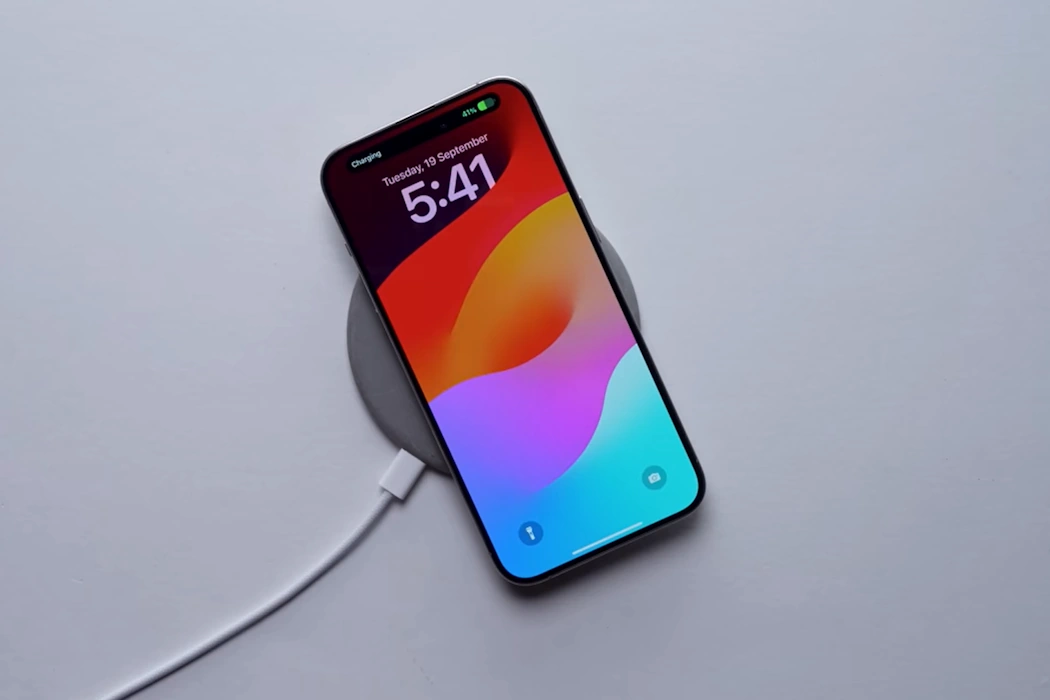Charging your iPhone 15 series should be a straightforward process, but sometimes issues can arise that prevent your device from charging properly. Whether your iPhone isn’t charging at all, charges too slowly, or experiences intermittent charging problems, this guide will provide you with practical solutions to resolve charging issues and ensure your iPhone 15, iPhone 15 Plus, iPhone 15 Pro, or iPhone 15 Pro Max charges reliably.
Tips to Fix Charging Issues on iPhone 15 Series
1. Check the Charging Cable and Adapter
Ensure that you are using a genuine Apple charging cable and adapter. Substandard or third-party accessories can cause charging problems. Inspect the cable for any damage, such as fraying or exposed wires, and replace it if necessary. Also, check the adapter for any visible damage or signs of wear.
2. Clean the Charging Port
Over time, lint, dust, and debris can accumulate in the charging port, preventing a proper connection. Carefully clean the port using a soft brush or compressed air. Be gentle to avoid damaging the port. Ensure your iPhone is powered off while performing this cleaning.
3. Restart Your iPhone
Sometimes, a simple restart can resolve charging issues. Press and hold the power button until the “slide to power off” slider appears. Turn off your iPhone and then power it back on. This can help refresh system processes that may be affecting charging.
4. Try a Different Outlet
Test different power outlets and ensure that they are functioning correctly. Sometimes, the issue may lie with the power source rather than the iPhone itself. Also, make sure you’re using a wall charger and not a computer USB port, as the latter provides lower power output.
5. Check for Software Updates
Ensure that your iPhone’s operating system is up to date. Software updates often include bug fixes and improvements that can address charging-related problems. Go to Settings > General > Software Update to check for updates and install them if available.
6. Reset All Settings
If you suspect a software glitch, reset all settings to their defaults without erasing your data. Find this option in Settings > General > Transfer or Reset iPhone > Reset. Note that this won’t erase your data but will reset your settings to their default values, potentially resolving any software-related charging issues.
7. Inspect for Physical Damage
Carefully examine your iPhone for physical damage, such as bent pins in the charging port or water damage indicators triggered by exposure to moisture. If you detect any issues, contact Apple Support or visit an Apple Store for professional assistance. Physical damage may require repairs.
8. Use Airplane Mode While Charging
Activating Airplane Mode (found in Settings or in Control Center) disables wireless communication functions, which can speed up the charging process by reducing power consumption. This is especially useful when you need a quick charge and don’t require network connectivity.
9. Check for Third-Party Apps
Occasionally, third-party apps can interfere with the charging process. Uninstall any recently installed or suspicious apps and observe if the charging issue persists. Some apps may have background processes that disrupt charging.
10. Charge Wirelessly
If you have a wireless charger compatible with your iPhone 15 series, try using it to charge your device. Wireless charging can sometimes bypass issues with the charging port or cable. Ensure that the wireless charger is working correctly.
11. Restore Your iPhone
As a last resort, you can restore your iPhone to factory settings using iTunes or Finder on a computer. This will erase all data, so make sure you have a recent backup. After restoring, set up your iPhone as a new device and test if the charging issue is resolved. This step is only recommended when all else fails and you suspect a deep software issue.
Conclusion
By following these tips, you can address various charging issues that may arise with your iPhone 15 series. Remember to use genuine Apple accessories and seek professional help if physical damage is detected.

